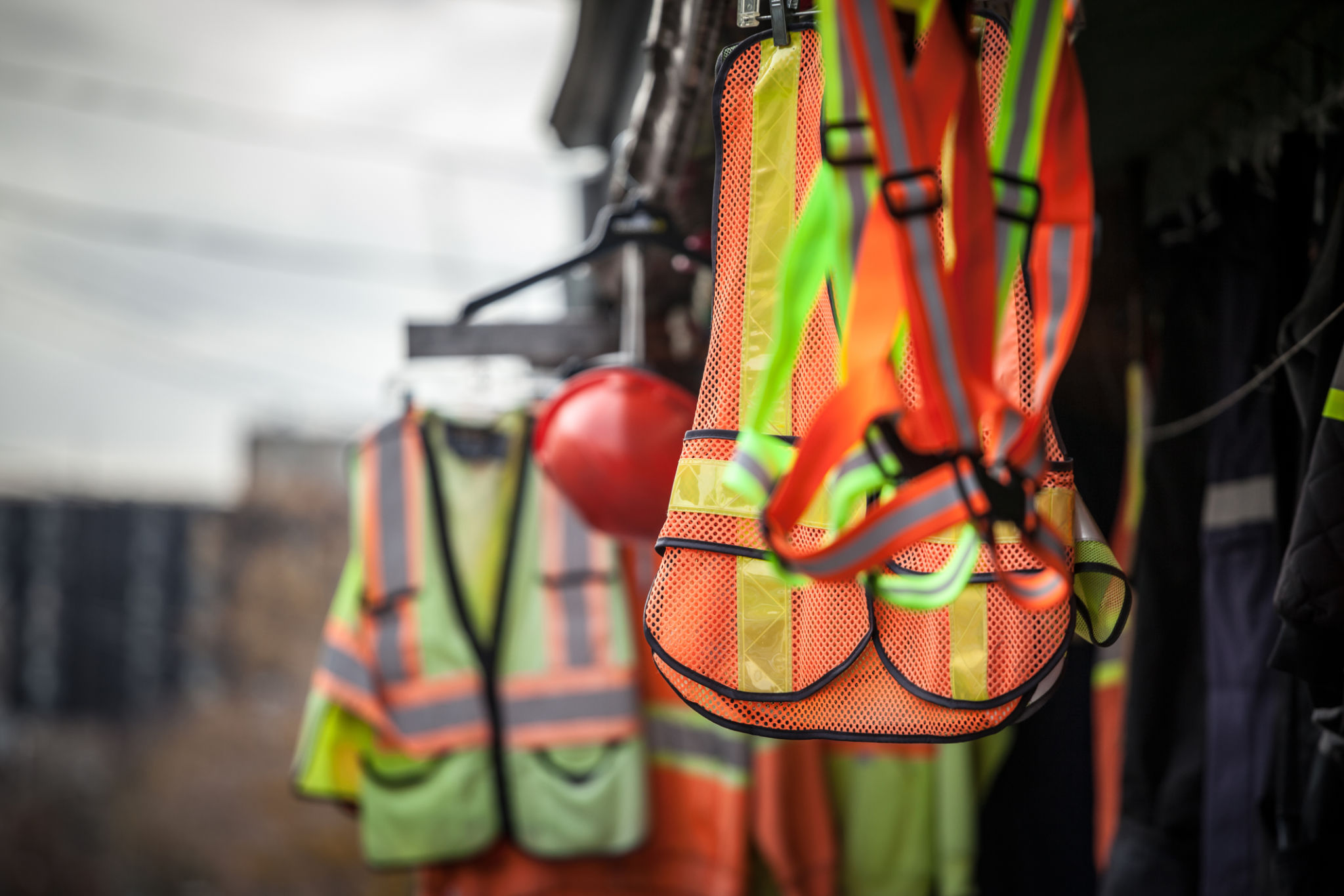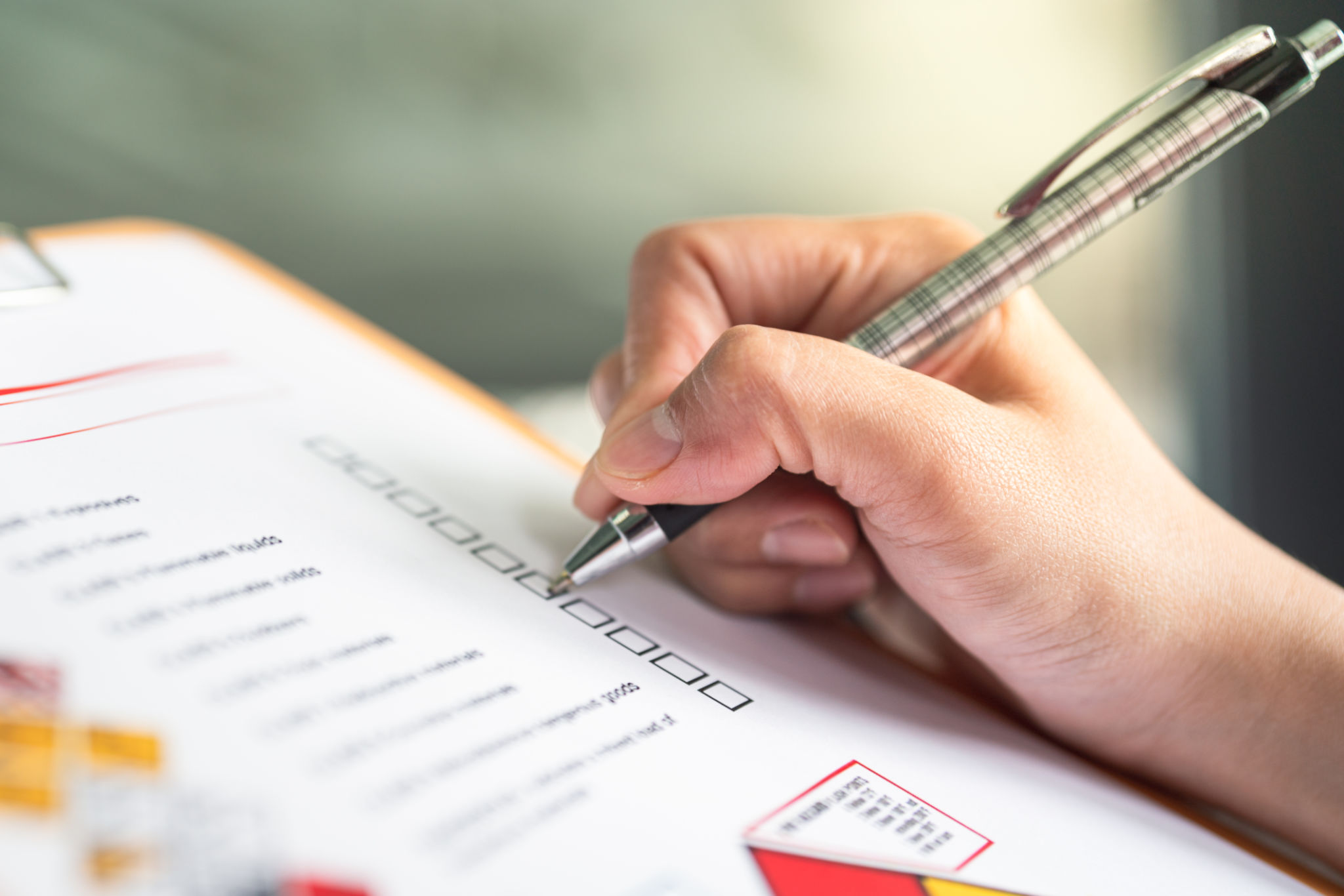Rigging Safety Essentials: Protecting Your Team and Equipment
KM
Understanding Rigging Safety
Rigging safety is a critical component of any construction or industrial project. The primary goal is to safeguard both personnel and equipment from accidents and damage. A comprehensive understanding of rigging safety essentials is crucial for anyone involved in lifting operations. This not only ensures compliance with safety regulations but also enhances productivity and workplace morale.

The Importance of Rigging Training
A well-trained team is the backbone of safe rigging operations. Training programs should focus on the proper selection and use of rigging equipment, hazard identification, and understanding load limits. Regular training updates are essential to keep the team informed about the latest safety standards and technological advancements in rigging equipment.
In addition to formal training, hands-on experience plays a vital role in skill development. Encourage mentorship and on-the-job training for new team members to reinforce their learning and build confidence in handling complex rigging tasks.
Choosing the Right Equipment
Rigging safety starts with selecting the appropriate equipment for the job. Factors such as load weight, height of lift, and environmental conditions must be considered when choosing slings, hooks, and other rigging apparatus. Ensure that all equipment is regularly inspected for wear and tear and is maintained according to manufacturer guidelines.

Conducting Pre-Lift Inspections
Pre-lift inspections are a non-negotiable aspect of rigging operations. Before any lift, a thorough inspection of both the equipment and the surrounding environment should be conducted. Check for any signs of damage or wear on slings, chains, and hooks. Additionally, assess the work area for potential hazards such as overhead power lines or unstable ground conditions.
Implementing a standardized checklist for pre-lift inspections can help ensure that nothing is overlooked. This checklist should be customized to the specific requirements of each project and reviewed periodically for updates.
Implementing Safety Protocols
Having robust safety protocols in place can significantly reduce the risk of accidents during rigging operations. Protocols should include clear communication channels, emergency response plans, and designated safety officers on site. Regular safety meetings can reinforce these protocols and provide an opportunity for team members to discuss any concerns or suggestions for improvement.

Personal Protective Equipment (PPE)
Personal Protective Equipment (PPE) is a fundamental aspect of rigging safety. All team members should wear appropriate PPE such as hard hats, gloves, steel-toed boots, and high-visibility vests. Depending on the specific requirements of a job, additional gear like harnesses or eye protection may be necessary.
Consistent use of PPE should be mandated and monitored closely by supervisors. Regular checks should be conducted to ensure that all PPE is in good condition and replaced as needed.
Fostering a Safety-First Culture
A safety-first culture is essential for effective rigging safety management. Encourage open communication about safety concerns and foster an environment where team members feel comfortable reporting potential hazards. Recognize and reward safe practices to motivate the whole team towards a common goal of zero accidents.
By prioritizing rigging safety essentials, you not only protect your team and equipment but also contribute to a more efficient and positive work environment. With diligence and commitment, rigging operations can be conducted safely and successfully.
